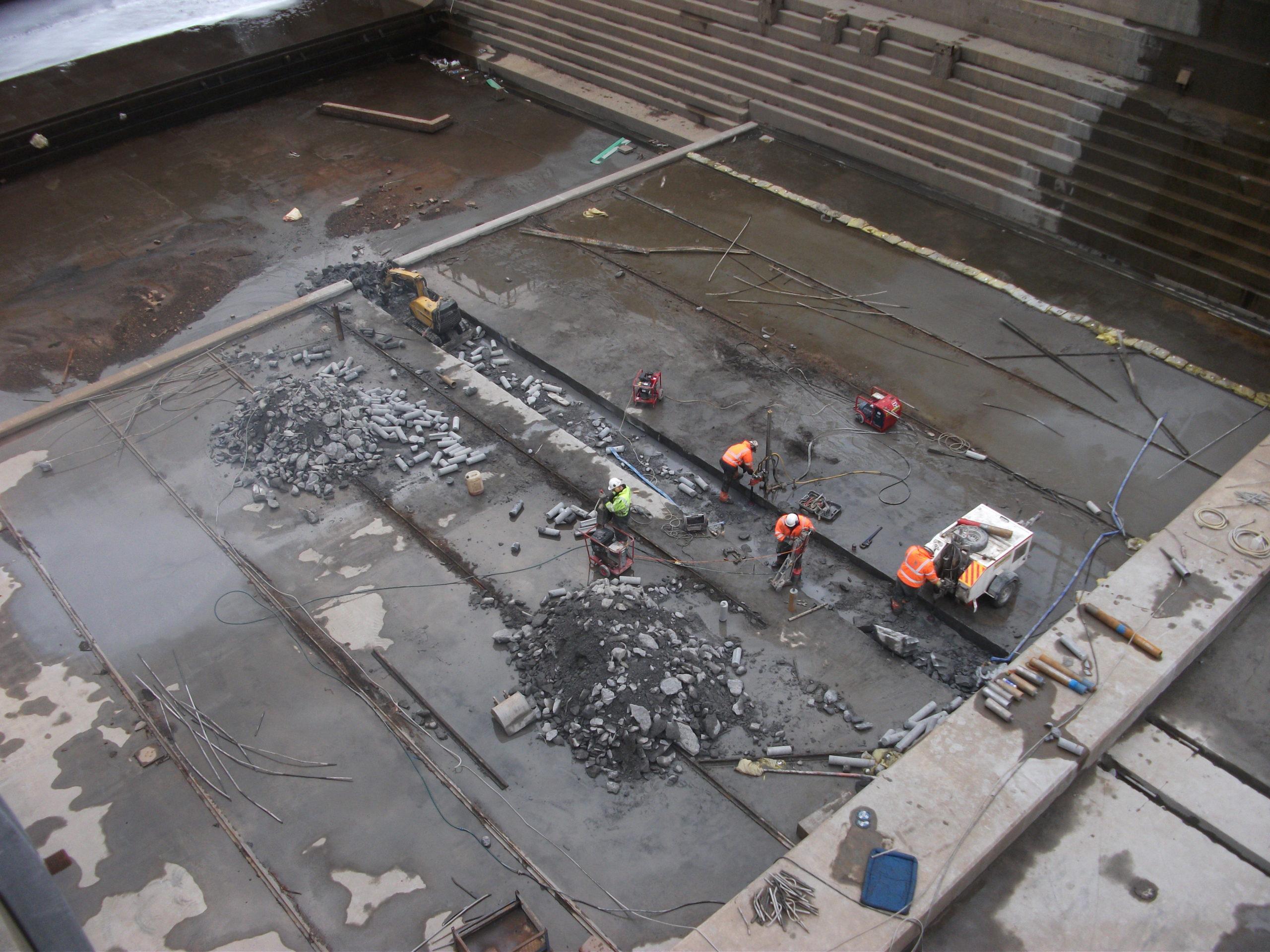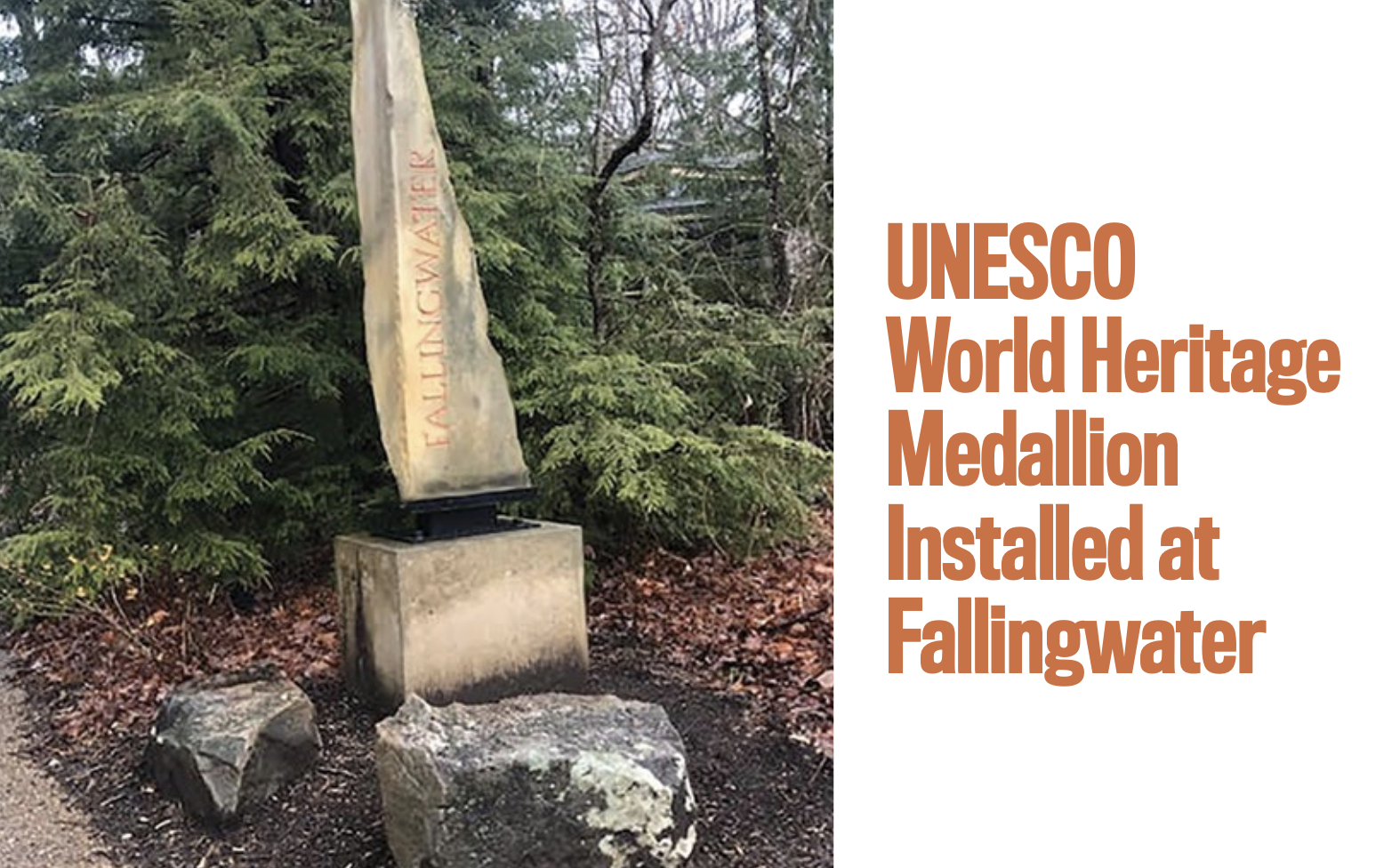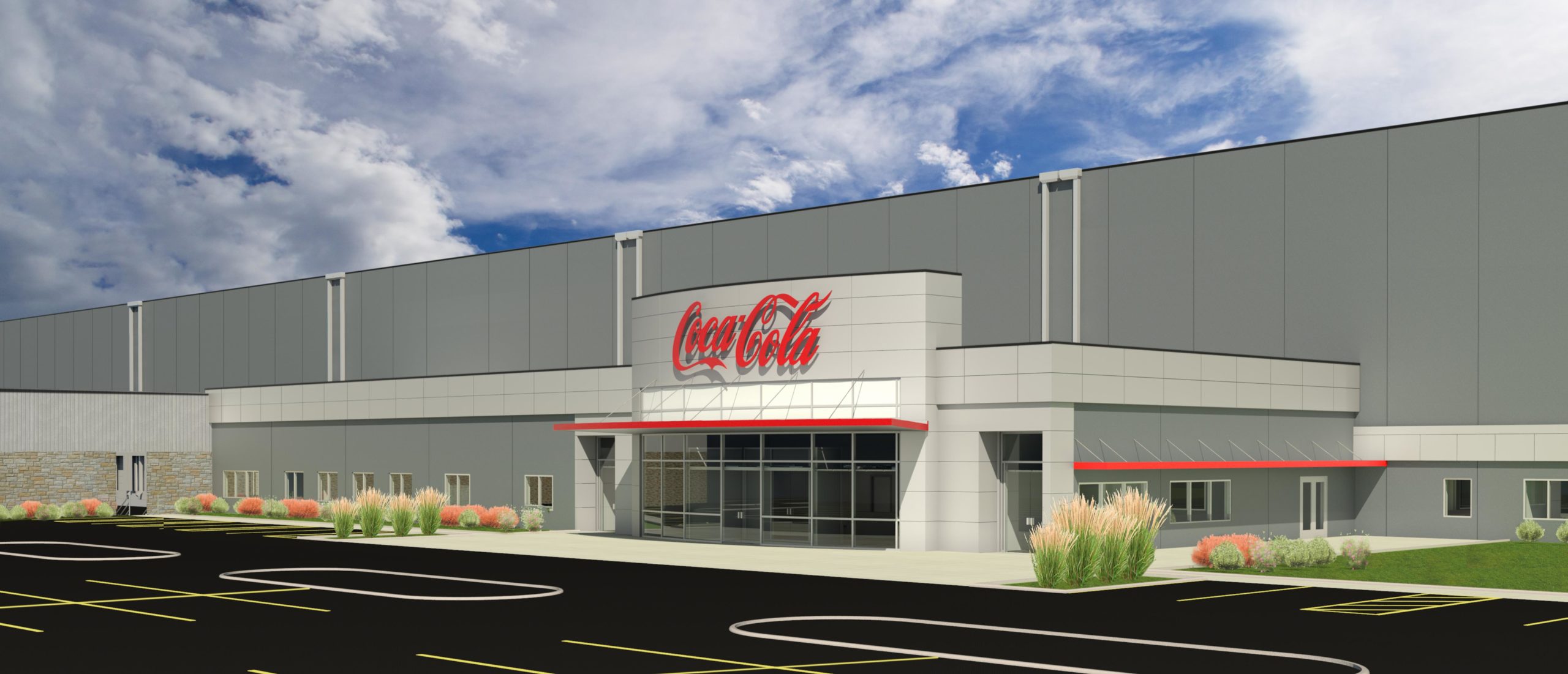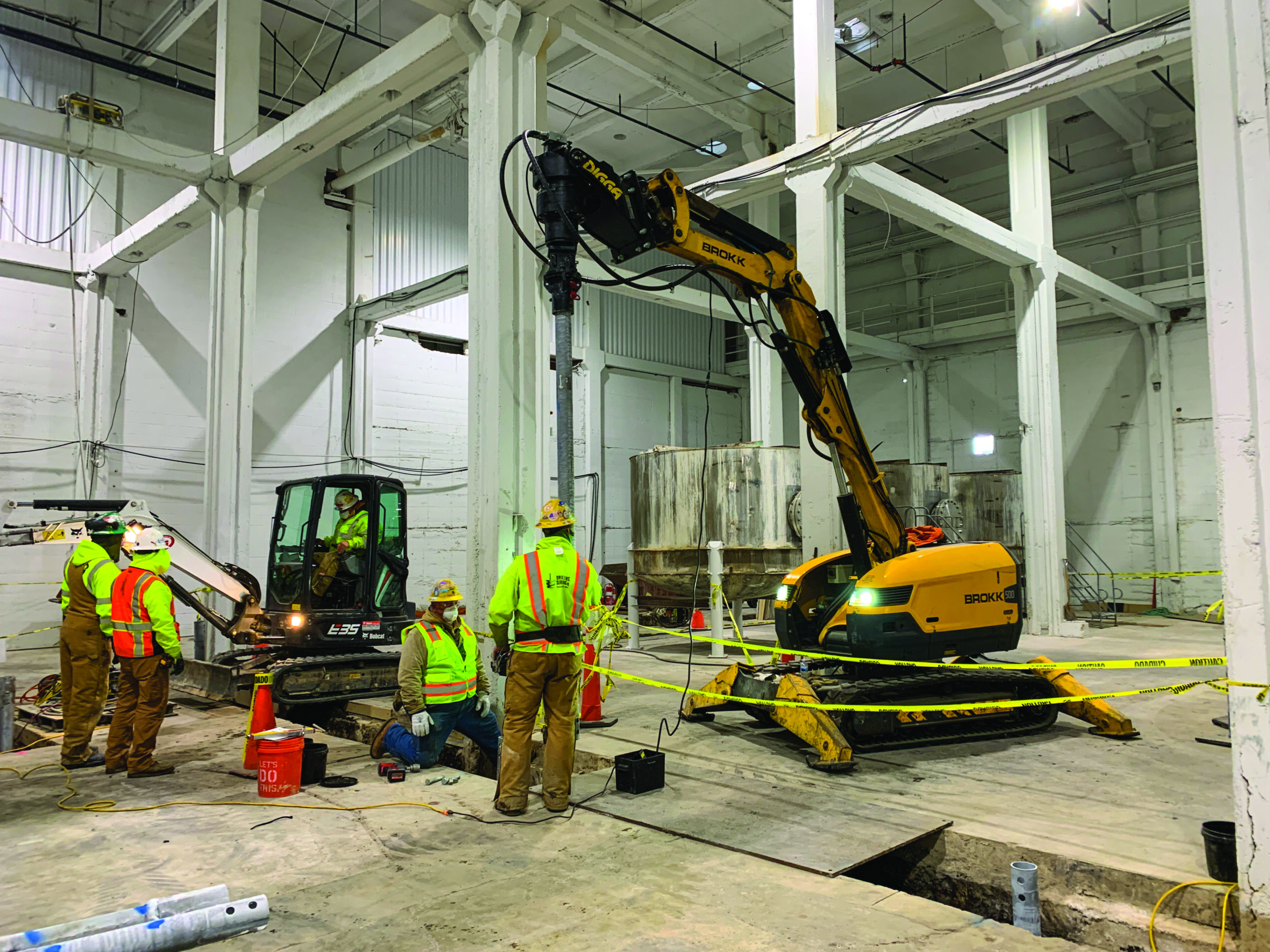
Back on Track
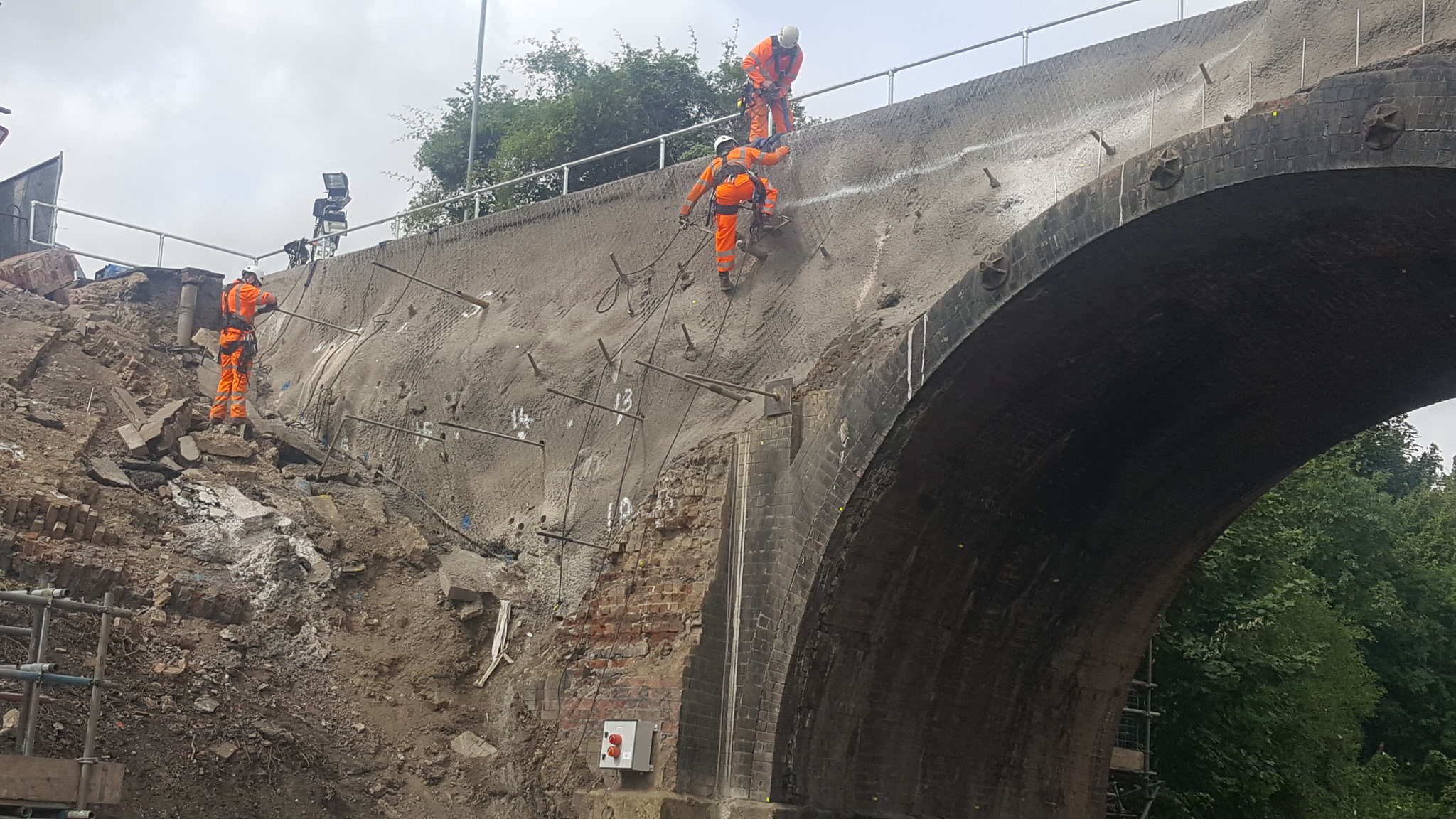
Core Drilling Specialist Strengthens Collapsed Rail Bridge
A skilled concrete cutting contractor worked under extreme pressure to get train services in England back on track after the side of a railway bridge collapsed onto an important rail route between London and the East Midlands region of the country. By core drilling a series of 14 horizontal openings in the bridge up to 7 meters deep (23 feet) at a 15-degree angle, the contractor provided a way for engineers to install critical strengthening materials in the 3- and 4-inch-diameter holes.

A collapsed bridge brought rail services to a halt.
Operatives from CSDA member D-Drill Master Drillers Ltd. in Coventry, England were called in after one side of the Grove Lane Bridge collapsed at Barrow upon Soar Railway Station, near the city of Loughborough, and had to work against the clock to get the bridge reopened. The bridge needed strengthening to prevent it from collapsing further on to the train line below and time was of the essence.
Following reports from local residents that one side of the bridge had been sinking for several years, the crossing was closed the on night of August 1, 2016 while inspectors checked for dips in the road surface that ran over the bridge. A few hours later, in the early hours of August 2, the bridge partially collapsed, causing debris to fall and obstruct the rail track below. This railway, the Midland Main Line, is a key link for commuters and a vital supply route, as it connects to the East Coast Main Line—a major part of the country’s rail infrastructure.
The British East Coast Main Line

The contractor made a series of holes in the 23-foot-wide bridge for the installation of strengthening rods.
Staff from D-Drill’s Sheffield and Coventry offices were contacted by general contractor AMCO, working on behalf of Network Rail, to use diamond drilling for the insertion of anchor bars through the 7-meter-wide (23-foot) bridge—but that followed an extensive search to find a particular mining barrel to complete the task. Stainless steel mining barrel casings were specified by Network Rail, which were to be left in place once the holes were drilled for the correct installation of strengthening materials. This was because the makeup of the bridge foundation was unknown, but thought to be mudstone—a soft shale-type rock that would close up any holes created.
Dave Platts, branch manager for D-Drill’s Sheffield office, explained, “We were required to use diamond tools to drill 6.5-meter (21.3-foot) holes horizontally at an angle of 15 degrees. This allowed for the installation of threaded anchor bars to hold the existing bridge in place and prevent further collapse. The fallen debris had been cleared from the track, but the bridge’s structural integrity had been compromised and this meant that trains were restricted to traveling at just 20 mph through the area. Therefore, we had to ensure the work was completed as quickly as possible so that normal services and speeds could resume.”
For the team from D-Drill, the nature of what the core drill operators would be drilling through was unknown. The bridge had stood for over 100 years and no one quite knew what material operators would find behind the brickwork. Core drilling was performed using mining barrels, which allowed the anchors to be positioned without the threat of the ground strata slipping—a risk when using traditional drilling methods.

Operator created 14 holes measuring 3 and 4 inches in diameter.
Scaffolding was erected on the north side of the bridge and core drill operators began to mount their rigs for the first holes. There were three rows of holes, generally spaced 1 meter (3.3 feet) from each other, but some positions were adjusted to avoid existing utility services running through the bridge structure. The contractor employed DD200 core drills supplied by Hilti, Inc. fitted with 75- and 100-millimeter-diameter (3- and 4-inch) bits to create the required openings to depths of 500 and 1,000 millimeters (19.7 and 39.4 inches). Once adjusted to the correct 15-degree angle, coring commenced through the brickwork of the bridge wall and it took approximately eight hours to drill through the entire width of the bridge. This process was repeated for the remaining 13 holes and all core drilling work was completed in five days. D-Drill had six operators in two teams working alternate 12-hour shifts to ensure the work was finished as quickly as possible with no drilling down time.
“The material within the bridge revealed itself to be clay, which was difficult to drill as it was slumping as the barrels were extended. However, our expertise in core drilling meant that the required amount of holes were drilled and sleeved to allow the anchors to be successfully installed. The job required a huge amount of back-to-back man hours and our untraditional methods ensured that the desired outcome was achieved promptly and to a high standard,” said Platts.
The delicate condition of the bridge was of some concern to the contractor, but the use of core drilling techniques with diamond tools provided low levels of noise and vibration and helped mitigate against further collapses. Daily safety meetings were conducted to mitigate risk and protect workers around the collapsed structure. Scaffolding was tied off to avoid tipping.
In total, D-Drill operators core drilled in excess of 98 meters (321.5 feet) through the Grove Lane Bridge to create 14 holes for strengthening anchor bars. The railway reopened to passenger trains the following day and the bridge reopened to pedestrians three weeks later.
Platts was pleased with the outcome of the job. “The client was happy with the great effort from the drilling team and we are confident this will result in further work in the future.”
Following D-Drill’s work, the general contractor successfully installed the anchor bars, removed around 200 tons of debris and sprayed the bridge surface with concrete to stabilize it. Work was then carried out to restructure the railway embankment and restore the brick parapet wall. The Grove Lane Bridge reopened fully to road traffic in January 2017.
“We mobilized on very short notice and sourced all of the specialty tools and equipment needed to allow 24-hour working on-site. This ensured the project was brought to a successful outcome for us and the customer,” said Lionel Whittemore, contracts coordinator for D-Drill’s Midlands office.
Company Profile
D-Drill Master Drillers Ltd. has been a member of CSDA for 35 years and has been in business since 1967. Based in Coventry, England, the company has 94 employees and 70 trucks in 10 locations across the country. D-Drill offers services that include core drilling, slab sawing, wall sawing, hand sawing, wire sawing, controlled demolition, diamond floor grinding and floor preparation services.
Resources
General Contractor:
AMCO
Sawing and Drilling Contractor:
D-Drill Master Drillers Ltd.
Coventry, United Kingdom
Phone: 44-1752 341364
Email: lionelwhittemore@d-drill.co.uk
Website: www.d-drill.co.uk
Methods Used: Core Drilling











